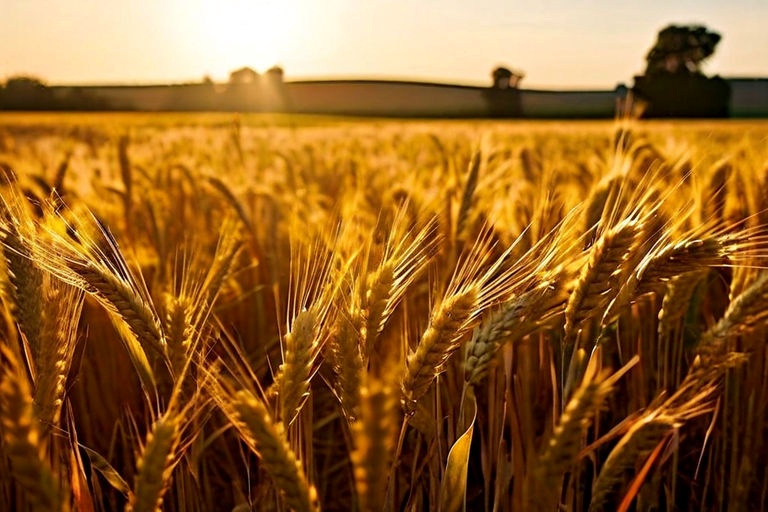How is wheat harvested and stored?

Understanding the Process of Wheat Harvesting and Storage
Wheat harvesting and storage are two critical stages in the production of one of the world's most essential grains. Wheat serves as a staple food in numerous countries, contributing significantly to daily diets across continents. Understanding the processes of harvesting and storing wheat is crucial to appreciate the efforts that go into bringing this essential grain from the field to our tables. This comprehensive guide will delve into the details of these processes, illuminating the intricacies involved in wheat production.
Harvesting Wheat: An Overview
The harvesting process begins when the wheat is fully ripe. Determining the right time to harvest is a critical decision that farmers must make, as it significantly impacts the final yield and quality of the grain. Typically, wheat is considered ready for harvest when the stalks and heads have turned from green to yellow, and the kernels are hard and dry.
Harvesting Techniques
Harvesting wheat involves several steps, including reaping, threshing, and winnowing. Reaping is the process of cutting down the stalks, while threshing separates the grain from the chaff. Finally, winnowing removes the chaff from the grain, leaving behind the clean wheat kernels. Modern agriculture employs combine harvesters, which streamline these processes into a single operation.
The Role of Combine Harvesters
Combine harvesters are instrumental in contemporary wheat production. These machines reap the wheat, thresh it to separate the grain from the chaff, and then winnow the grain to remove the chaff. The remaining grain is collected in a storage tank within the harvester, while the chaff and other residues are expelled out the back of the machine. This efficient process has revolutionized wheat harvesting, enabling farmers to harvest large areas of land quickly and effectively.
Storing Wheat: Ensuring Longevity and Quality
Once the wheat has been harvested, it must be stored properly to maintain its quality and longevity. Proper storage is crucial to preventing loss from pests, mold, and other environmental factors that can degrade the grain.
Storage Conditions
Wheat should be stored in a cool, dry place with good ventilation to prevent the growth of mold and other harmful organisms. The storage area should also be free from pests and other contaminants that could damage the grain. The moisture content of the wheat is a critical factor to monitor during storage; it should ideally be around 12-13% to prevent spoilage.
Storage Techniques
There are various techniques for storing wheat, each with its advantages and disadvantages. These include bag storage, bulk storage, and silo storage. Bag storage is a traditional method where wheat is stored in bags, stacked, and kept in a storage area. Bulk storage involves storing wheat in large quantities in a single space, often a warehouse or a specially designed grain bin. Silo storage is when wheat is stored in silos, tall structures designed to hold grain. Each of these methods requires careful management to ensure the wheat remains in good condition.
Monitoring and Maintenance
Regardless of the storage method used, regular monitoring and maintenance of the stored wheat are crucial. This involves regular checks for signs of pests, mold, or changes in moisture levels. If any issues are detected, they must be addressed immediately to prevent further damage to the grain. In addition, regular cleaning of the storage area helps to maintain the quality of the wheat.
In Conclusion
The processes of harvesting and storing wheat are complex and require significant knowledge and expertise. From determining the right time to harvest to choosing the appropriate storage method, each decision impacts the final yield and quality of the grain. Despite the challenges, these processes are critical to ensuring that this essential grain continues to be a staple in diets worldwide. As consumers, understanding these processes enhances our appreciation for the efforts that go into producing the wheat products we consume daily. Therefore, the next time you enjoy a slice of bread or a bowl of pasta, remember the intricate processes of wheat harvesting and storage that made it all possible.

